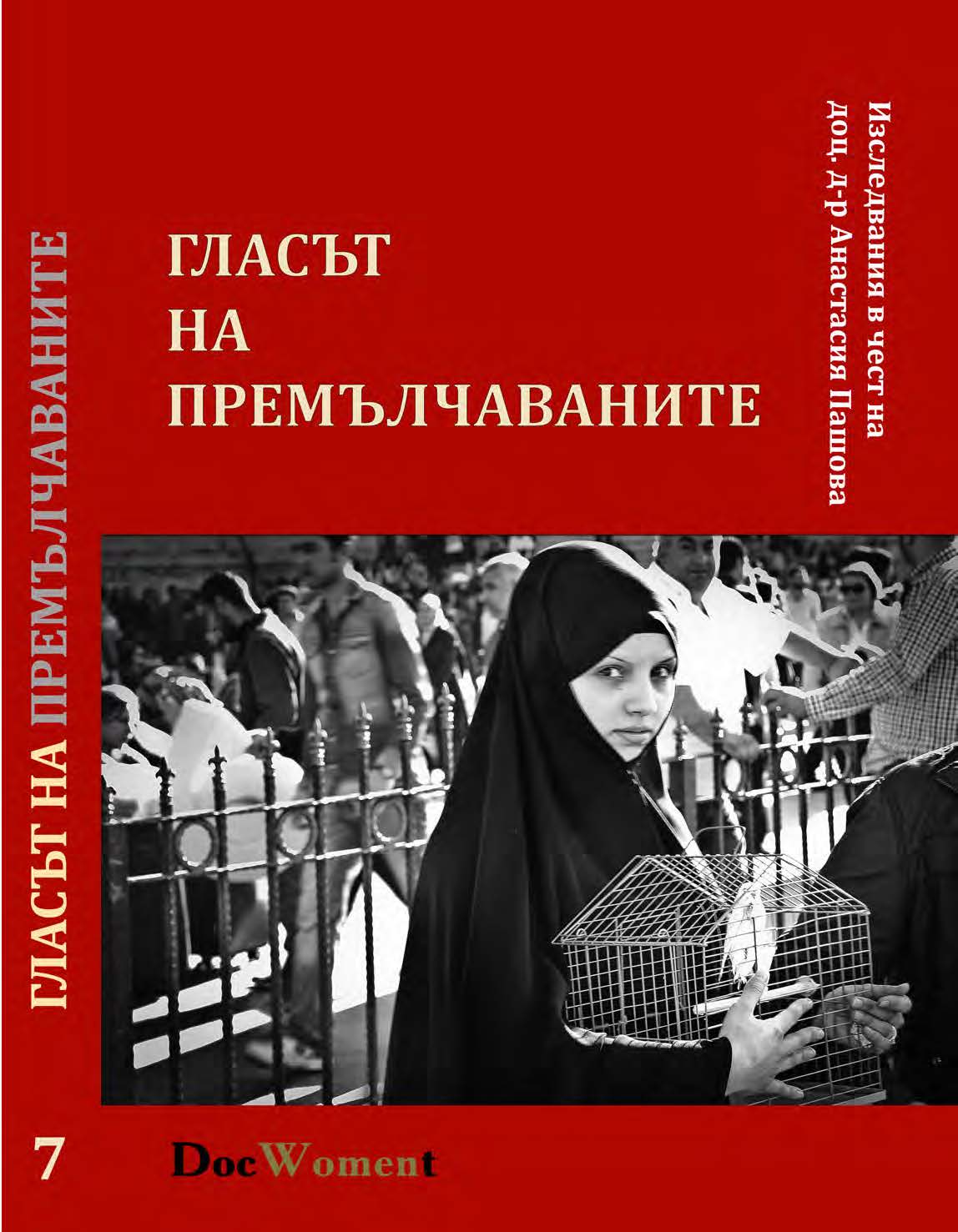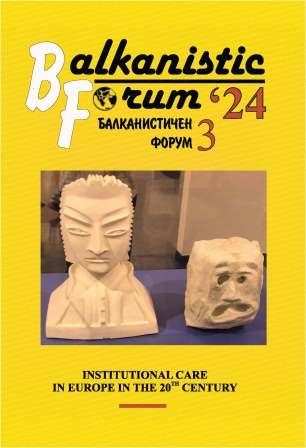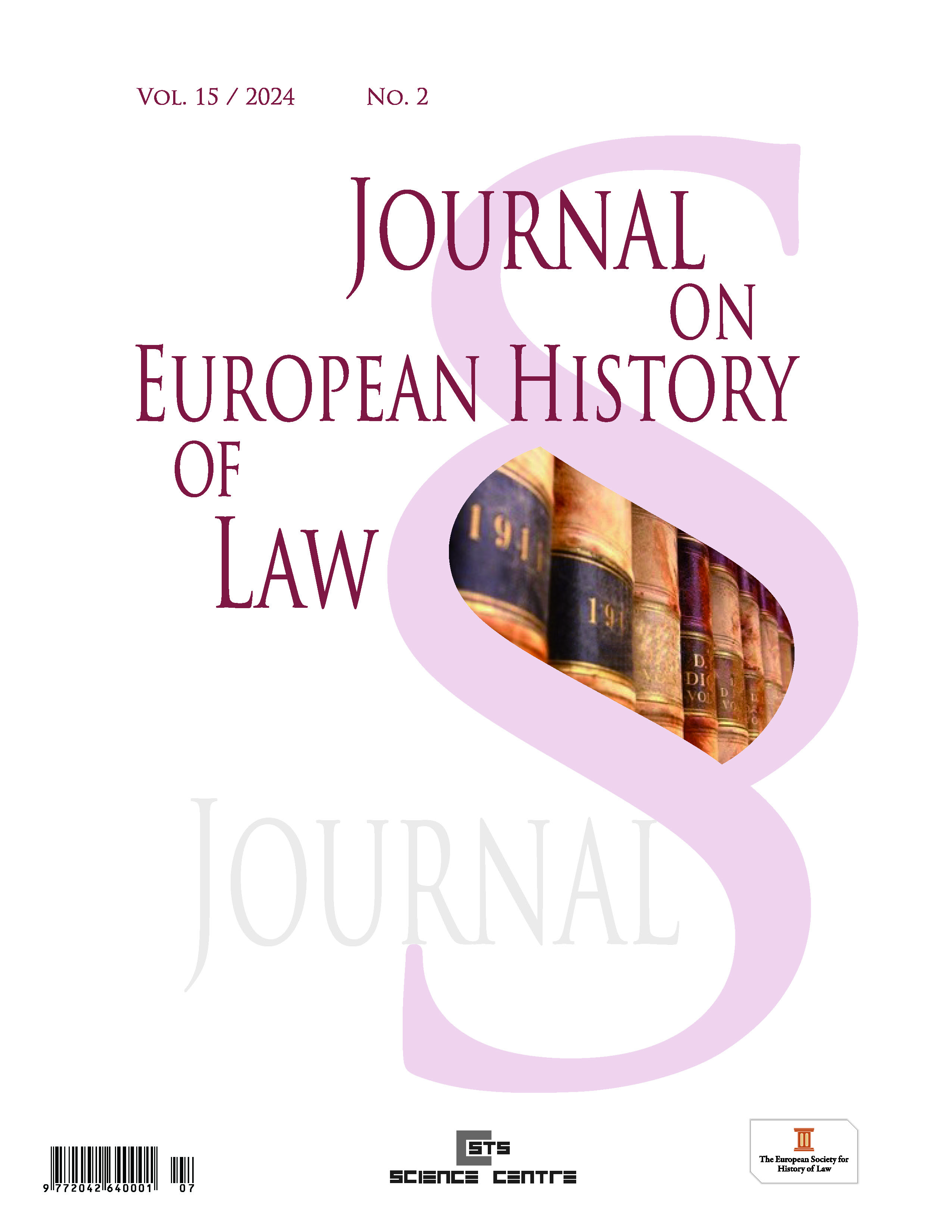
Протестът през май 1989 г. в Джебел
For the May protests of Turks in Bulgaria and the subsequent mass migration to Turkey in 1989, which occupy an important place in the most recent Bulgarian history, disputes are still going between the researchers. A number of important issues remain unclear, including: the relationship between the informal organizations that emerged in 1988 and 1989 and the emerging centers of democratic resistance in the regions where the Turkish population lives, the role in the events of individuals, including political prisoners, for the factors causing mass emigration psychosis used by the communist regime to push into Turkey much of the Turkish minority, etc. In this context, it would be useful to reconstruct it in more detail as far as possible for the more complete and more reasoned illumination of the historical picture. This text attempts to make such a reconstruction of the events of May 1989 in the town of Jebel. The emergence of the Vienna Support Society '89 and the Jebel branch of the Independent Society for the Protection of Human Rights, as well as their inclusion in a common network with other informal organizations involved in the democratic struggle for the human and minority rights of Turks and Pomaks in Bulgaria, is traced. Central attention has been paid to the protest itself, including the transition from its spontaneous, provoked by the authorities, to an organized action to protect the rights of the Turkish minority.
More...


